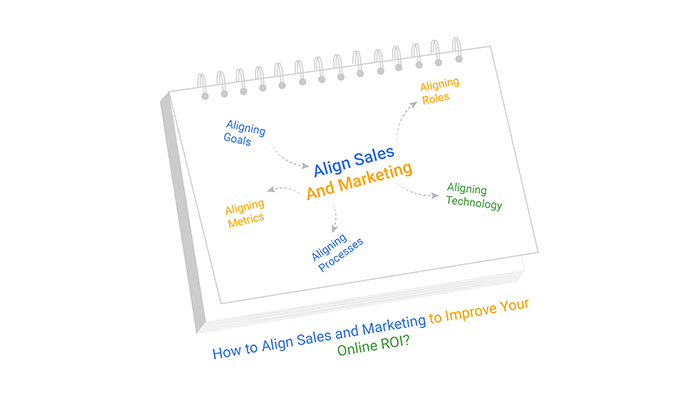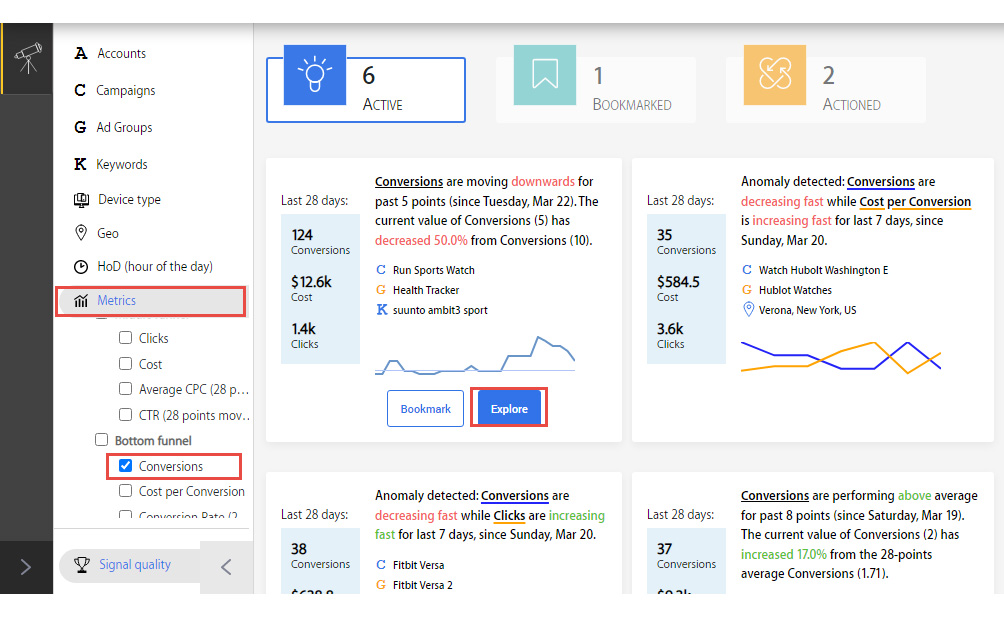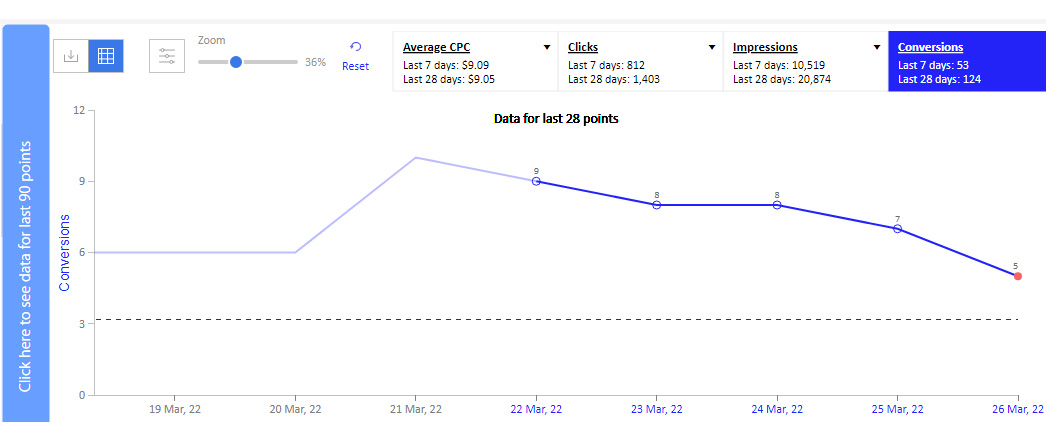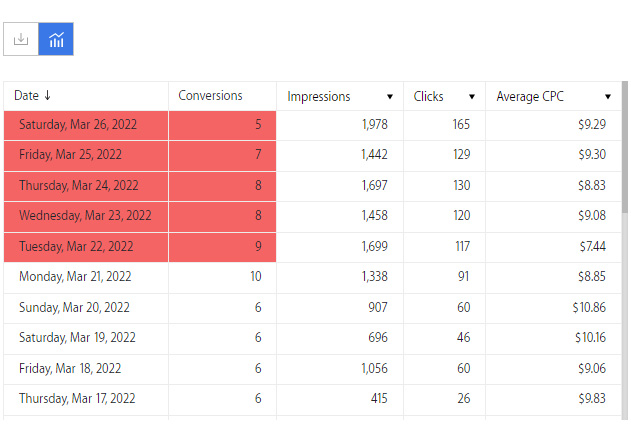销售和营销是任何企业的两个关键职能。然而,两人生活在不同的世界。销售与客户交谈,而营销与潜在客户交谈,而他们仍在搜索。但尽管方法不同,但它们的目标相同:提高转化率。

协调您的销售和营销团队以实现最大影响至关重要。如果您不协调您的销售和营销团队,它将对您的企业产生直接影响。
最好的销售渠道可以使您的销售和营销保持一致,以便您尽可能有效地推动潜在客户和销售。通过创建综合策略,您可以使用销售来促进营销,也可以使用营销来促进销售。
有了这个重点,协调营销和销售就很重要。该博客将介绍销售和营销可以协调的不同方式,以帮助您的企业实现更高的投资回报率。
什么是销售和营销协调?
销售和营销协调是关于让销售和营销团队为共同目标而共同努力。
协调销售和营销涉及创建一套战略和战术,以帮助两个团队实现他们的目标。这两个团队仍将有不同的目标,但他们都将致力于重叠的关键要素,并努力为公司增加收入并为业务建立强大的品牌。
销售团队通常负责获取新客户、管理与现有客户的关系以及完成销售交易。营销团队通常负责通过广告活动开发潜在客户、创建内容、通过滴灌活动培养潜在客户或协助销售电话。
在调整您的销售和良好的营销策略时,请记住它们不必完全相同。相反,您可以专注于使用相互补充的不同策略来增加公司的收入。
为什么销售和营销要协调一致?
销售和营销协调会导致收入增加,因为面向客户的团队可以用一个“声音”说话。它还可以提高效率,减少浪费的时间和资源。
这两个部门有不同的目标、不同的流程、不同的优先事项,而且往往在完全不同的时间线上运作。在许多公司中,这两个部门甚至不互相交谈。他们在自己的孤岛中运作——一个专注于在产品推出后销售产品,另一个专注于在产品推出之前产生对这些产品的需求。
当销售和市场营销保持一致时,两个部门都会有一个明确定义的流程。理想情况下,这个过程是有据可查的,并定期练习。这确保了整个组织的一致性。
每个过程都需要相关参与者的支持。当销售和营销部门一起工作以创建他们如何一起工作的流程时,双方更有可能得到支持。
协调销售和营销可能很困难,因为他们的目标经常不一致。
营销处理品牌知名度和潜在客户的产生,但这并不总是转化为销售。销售可能有一个充满潜在客户的渠道,但很难将他们转化为客户或完成现有交易。
两个团队之间的合作可以通过朝着一个共同目标来帮助解决这个问题:确保营销产生销售可以轻松接近付费客户的潜在客户。
销售和营销协调可以解决的常见问题
大多数企业在某种程度上都经历过他们的销售和营销团队之间的脱节。无论是无法产生潜在客户、糟糕的客户体验,还是缺乏收入,销售和营销协调都可以解决您的许多业务问题。
Here are the common problems that businesses face, and how aligning your sales and marketing teams can help solve them:
i-Lead generation problem
If you find your sales team is constantly asking for more leads, it’s time to get your sales and marketing teams working together. This way the two departments can have a better understanding of what makes a quality lead, so you’re bringing in more qualified prospects from the start.
ii-Improving customer experience
Aligning your sales and marketing teams will create a seamless customer experience throughout all of your channels. This will increase customer retention rates, which is key for any business’ growth. It’ll also increase revenue since it costs 5 times more to acquire a new customer than it does to retain an existing one.
iii-Lack of revenue
A business’ revenue is another area where sales and marketing alignment can help solve a problem. Marketing departments should be equipped with strategies that help expand the customer base and upsell or cross-sell current customers. Sales need to know this information so they can properly close deals and increase revenue.
iv-A high cost of customer acquisition
If it’s costing your business too much to acquire new customers, it’s time to take a step back and see where things are going wrong. It could be that your sales and marketing teams are working against each other instead of together. When you align the two departments, you can create a more efficient process that will save your business money in the long run.
v-Lack of visibility into the sales pipeline and forecast
It’s difficult to predict how much revenue your business will bring in and when if you can’t see what’s happening in your sales pipeline. When sales and marketing are working together, they can provide each other with the information they need to create an accurate forecast. This way, you’ll know exactly how much revenue to expect and when.
vi-Inconsistent buyer’s journey
A buyer’s journey should be the same no matter which sales or marketing channel they’re coming from. If it’s not, that’s a sign that your sales and marketing teams are out of sync. By aligning the two departments, you can create a consistent buyer’s journey that leads to more sales and happy customers.
vii-Ineffective strategies
Aligning your sales and marketing teams will help you create marketing strategies that are based on data and customer insight. This way, you’ll know what’s working and what’s not, and you can adjust your strategies accordingly.
Components of Sales and Marketing Alignment
Alignment implies an integration of sales and marketing efforts, but that’s easier said than done. The truth is, creating buy-in and getting everyone on board takes a lot of work. It’s not as simple as just wanting to do it.
Here are the components of sales and marketing alignment you need to pay attention to:
i-Aligning goals
The first step to aligning your sales and marketing teams is to make sure they’re both working towards the same goal. This way, you can measure success and track progress.
For example, if your goal is to increase revenue by 10%, you’ll need to make sure both teams are aware of this and working towards it.
ii-Aligning roles and responsibilities
Another important component of sales and marketing alignment is making sure each team knows their roles and responsibilities. This way, there’s no confusion about who’s responsible for what.
For example, marketing might be responsible for generating leads, while sales is responsible for nurturing them. Once a lead is ready to be passed off, it’s sales’ responsibility to close the deal.
Having clear roles and responsibilities will help to ensure that everyone is on the same page and working towards the same goal.
iii-Aligning systems and technology
Another way to ensure sales and marketing alignment is to make sure the two teams are using the same systems and technology. This way, everyone has access to the same information and can work together more efficiently.
For example, you might use a customer relationship management (CRM) system to track leads and customers. If marketing and sales are using different CRMs, it will be difficult to track leads as they move through the sales pipeline. By aligning the two teams, you can ensure that everyone is using the same CRM and that leads are being tracked properly.
iv-Aligning processes
Processes are another important component of sales and marketing alignment. Make sure the two teams have the same processes in place so that they can work together more effectively.
For example, if marketing is generating leads through a webinar, they should hand off the leads to sales as soon as possible. Sales should then follow up with the leads in a timely manner. By aligning the two teams, you can make sure that leads are being followed up on in a timely and effective manner.
v-Aligning metrics
You need to make sure the two teams are using the same metrics to measure success. This way, you can compare results and see which team is performing better.
If marketing is measuring leads generated, and sales is measuring revenue generated, you won’t be able to compare results. However, if both teams are measuring leads generated, you can compare results and see which team is performing better.
ROI of a Successful Sales and Marketing Alignment Program
The ROI of a successful sales and marketing alignment program is clear to see, but how do you measure it?
It can be tricky to identify the return on investment for a sales and marketing alignment program because many of its benefits are not immediately quantifiable.
Here’s how we define the ROI of sales and marketing alignment:
- The impact on revenue growth rate.
- The improvement in cost efficiency (marketing as a percent of revenue).
- The increase in marketing organization effectiveness (how aligned are marketing and sales, how is the relationship between the two, how strong is the communication?).
The impact of a CRM system, for example, is often seen in the long term, whereas the ROI from an email-marketing tool might take just a few months. This makes it difficult to quantify exactly what the sales and marketing alignment ROI is — especially when you focus solely on short-term metrics like revenue.
However, this doesn’t mean there isn’t value in aligning your sales and marketing teams.
i-Increase in revenue
The most obvious benefit of sales and marketing alignment is an increase in revenue. When the two teams are working together, they can generate more leads and close more deals. This, in turn, leads to more revenue.
ii-An increase in lead quality
Aligning your sales and marketing teams can lead to an increase in lead quality. When leads are generated by marketing, they’re often pre-qualified, which means sales has a higher chance of closing the deal.
iii-A reduction in the time
Another benefit of sales and marketing alignment is that it can lead to a reduction in the time salespeople spend pursuing unqualified leads. If marketing is generating leads, they can pre-qualify the leads before passing them off to sales. This saves salespeople time and allows them to focus on leads that are more likely to convert.
iv-An increase in the win rate on sales opportunities
Sales and marketing alignment can also lead to an increase in the win rate on sales opportunities. When leads are passed from marketing to sales, they’re already warm, which means sales has a higher chance of closing the deal. It is observed that the proper alignment can lead to a 32% higher sales win rate.

v-An increase in the number of opportunities
The goal of sales and marketing alignment is to increase the number of opportunities that reach the pipeline stage. By aligning the two teams, you can make sure that leads are being properly followed up on and that they’re not falling through the cracks.
vi-A reduction in sales cycles
The sales cycle is the time it takes to close a deal. Sales and marketing alignment can lead to a reduction in sales cycles because leads are being followed up on in a timely and effective manner.
Best Practices for Sales and Marketing Alignment
Your marketing team may be firing on all cylinders, but nothing is more frustrating than a sales team who can’t close. The simple truth is that your sales and marketing teams should be closely linked — they should have the same goals and work in tandem to achieve them.
That means your sales and marketing strategies need to be closely connected. If you’re not sure where to start, here are some best practices for sales and marketing alignment:
i-Focus on your customer first
Your customer should be at the center of everything your sales and marketing teams do. When you create buyer personas, make sure they’re based on real data and that they’re updated regularly.
Your buyer personas should include information about your ideal customer’s needs, pain points, and buying journey. This will help your sales and marketing teams create content and strategies that are tailored to your customer’s needs.
ii-Define each step of your marketing and sales funnels
Define each step of your marketing and sales funnels and make sure that the two teams are aligned on what each step entails. For example, you should have a clear understanding of what counts as a lead and when a lead should be passed from marketing to sales.
The handoff between marketing and sales should be seamless, with clear communication about each lead’s status.
iii-Share sales feedback with marketing
Make sure your sales team is sharing feedback with marketing. Your sales team is on the front lines and they have a wealth of knowledge about what’s working and what’s not.
This feedback should be used to inform your marketing strategy. For example, if your sales team is having trouble closing deals, marketing can create content that addresses your customer’s pain points.
iv-Ensure frequent, disciplined communication
Communication is key to sales and marketing alignment. Make sure your teams are communicating regularly, and establish protocols for how information will be shared.
You might have weekly check-ins between the sales and marketing teams, or you might create a shared document where information is updated in real-time.
No matter what system you use, make sure it’s one that works for both teams and that everyone is on board with.
v-Align rewards and recognition
Your sales and marketing teams should be aligned on your company’s goals. And, they should be rewarded and recognized for achieving those goals.
This doesn’t mean that you should have the same rewards for both teams. Instead, focus on creating incentives that are tailored to each team’s strengths.
For example, you might give your marketing team bonus points for generating high-quality leads, and you might give your sales team a commission for every deal they close.
vi-Get control of your content management
Your content is one of your most important marketing assets. And, it needs to be managed effectively in order for your sales and marketing teams to be aligned.
That means having a central repository for all your content, and making sure that everyone has access to the latest versions of your marketing materials.
How PPC Signal Can Help You Align Your Sales And Marketing?
Sales and marketing are crucial to the success of any business. And, when they’re aligned, they can have a major impact on your bottom line. If you run online business your marketing will often rely on PPC advertising to bring in new leads and customers.
While PPC is effective it requires ongoing monitoring and optimization to be successful. That’s where PPC Signal comes in.
PPC Signal is an AI powered PPC management tool that makes it easy to even monitor multiple campaigns. The tool uses machine learning to monitor your PPC campaigns and give insights in form of signals when things are not working out as intended.

PPC Signal helps in boosting the optimization process of your marketing efforts by giving you an edge over your competition. With this tool you can realize what you need to improve in order to make your PPC campaigns even more effective. If for example, you want to increase sales/conversions PPC Signal enables you to focus on that among other metrics.
You can select that on the PPC Signal dashboard and the tool will automatically monitor that. It will share the signal and if you want more insight about the metric you can click on the signal. To get detailed information just click on the explore button.

The explore button delivers the insights as a graphical representation. It also displays the signal over time so you can easily identify patterns.

You can also check out the data in tabular form if you want to analyze the data further or just get an overview of all the signals.
These signals can help you improve your PPC campaigns and as a result align your sales and marketing.
FAQs:
When sales and marketing are not aligned both suffer?
If sales and marketing are not aligned, it can negatively impact your bottom line. That’s because when they’re not working together, they may not be as effective in achieving your company’s goals.
What should I ask my sales team?
- What is the biggest hindrance to adding new customers?
- What is working and what isn’t?
- What are your most and least momentous opportunities?
- Which one problem you want to be solved by any means?
- Who is your hardest competitor–and what are they doing right?
Wrap Up:
销售和营销协调是任何企业的一个关键方面。通过制定成功的营销策略来补充您的销售流程,您将增加需求并完成更多交易。
当您开始在营销计划中实施这些策略时,请记住这是一个迭代过程。请务必跟踪结果并进行相应调整。如果您发现营销策略和销售流程之间存在脱节,请花时间重新评估并了解如何更好地协调两者。你越早这样做,你就会越早开始带来更多的客户和收入。

